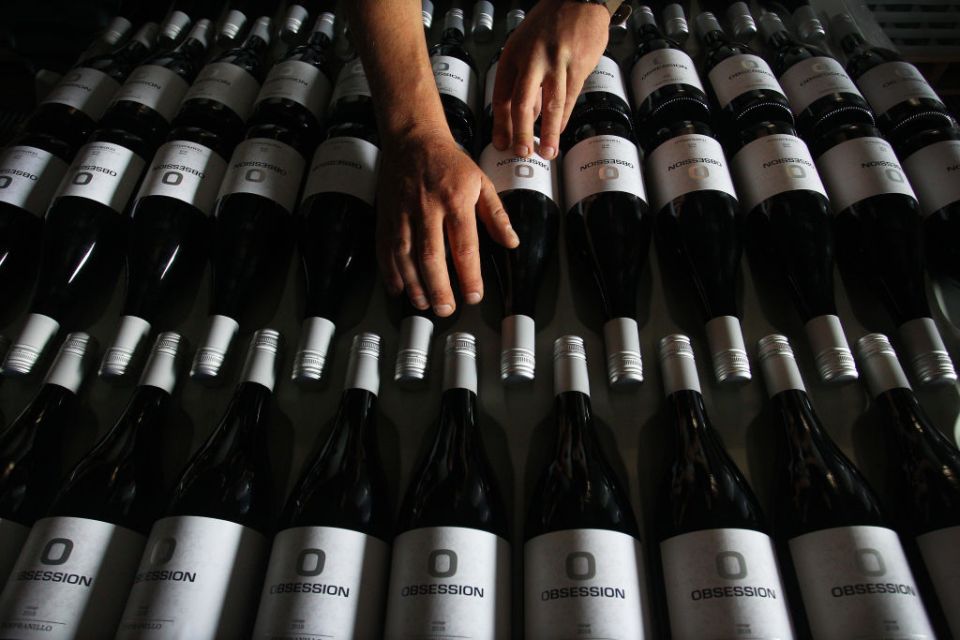Price of Aussie wine could fall victim to Treasury reforms – yes, even after the trade deal

AT THE end of last year, to much fanfare, the UK and Australia signed the free trade deal – the first negotiated from scratch following Brexit.
The UK is the number one destination for Australian wine exports in value and volume, exporting 246 million litres of wine worth AU$449m in the 12 months to March 2022. Generous tariff cuts were promised on the public’s favourite Aussie wines, such as Wolf Blass and Hardy’s, to the tune of AU$43m (£24m).
Looking to capitalise on the good publicity, Boris Johnson met with his then-counterpart Scott Morrison to exchange hampers of soon-to-be cheaper goods, stocked with Tim Tams, Penguin bars and crucially, red wine. Glasses of the same red wine were drunk during a Downing Street dinner that night as toasts were made to a “new dawn” in trade relations.
Initial enthusiasm amongst wine producers has been replaced with a sense of uncertainty as the impact of the proposed domestic duty taxes have crystallised.
Rishi Sunak’s proposals for Alcohol Duty reforms back in October 2021 were well-intentioned but ultimately counterproductive. The plan was to simplify the system, to tax products in relation to their alcoholic content – the stronger the drink, the higher the tax. The idea was a welcome one: to provide an incentive for low alcohol beverages and encourage reduction of alcohol content.
But in practice, the proposals are plagued with workability issues that will punish wine producers. For still wines sold in the UK, producers will have to stop working in the two current categories, and start working in incremental bands which go up every 0.5 per cent, between 8.5 per cent to 22 per cent.
In Australia, it often takes 24 months for grapes to get from the vineyard to British shelves. The wine industry is at the mercy of the soils, climate and location of production. The volatility of hot Australian summers ensure this is a far greater factor for us than for our competitors in France and mainland Europe, as warmer climates result in higher sugar levels in the fruit, which in turn increases the alcohol content of the wine.
The inconsistency of impact across the globe is indirectly giving the EU a free kick.
But what’s crucially problematic is that alcoholic content varies significantly between individual batches and vintages of the same wine, creating significant issues for retailers in administering different duty tax and product prices. Larger volume blends are produced across multiple batches, each with a slightly different composition to maintain the desired taste and aroma profile. These blends vary in alcohol content up to 1 per cent. Stock would likely end up being written off due to labelling errors. In other words: wine would be binned because it didn’t meet the bureaucratic requirements of the new system.
It would mean as much as 95 per cent of Australian reds would actually become more expensive in the UK, post free trade deal.
The industry supports a simplification of the system and one based on alcohol content. But it has to be just that: simple. By expanding the 0.5 per cent bands to a minimum of 1 per cent, it allows for these natural fluctuations in the product. The duty rate should be payable at the alcohol content on the wine label. These are simple solutions on the table to enable the Treasury to achieve its own aims: a simplified system.
As it stands, the Treasury is facilitating a post-Brexit boost to European winemakers while hurting a key ally to make popular wines more expensive.